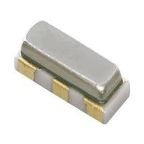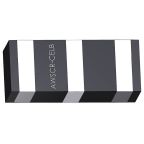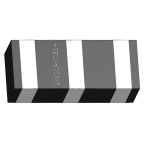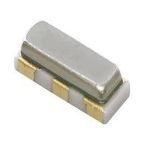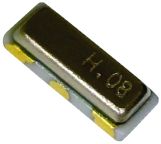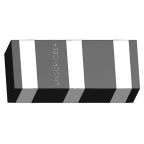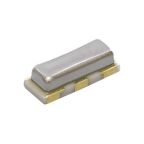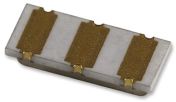Ceramic Resonators
A Ceramic Resonator is sometimes referred to as a dielectric resonator, they are commonly used for timing devices that create a clock signal. This type of signal oscillates between a high and low state using a piece of piezoelectric ceramic, connected to two or more electrodes. A resonator usually has a built-in capacitor to help save space on a printed circuit board.
How do Ceramic Resonators work?
When connected in an electronic oscillating circuit, a ceramic resonator will vibrate, generating an oscillating signal with a specific frequency. Similar to a crystal oscillator, they're used to generate a clock signal to control the timing in oscillating circuits.
What are Ceramic Resonators used for?
The properties and components of Ceramic Resonators make them particularly useful in a broad range of applications. They are mainly used as a source of a clock signal for microprocessors. Ceramic Resonators are ideal for applications where the precision of the frequency may not be so important, such as microprocessors. They're also commonly used in:
- Communications equipment
- Automotive electronics
- Medical/healthcare equipment
- Telephones
- Toys
- Personal computing
- Household appliances
- Radios
